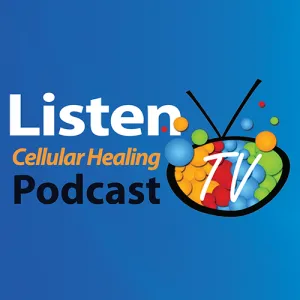Coconut Filling:
- 1 1/2 cans full-fat coconut milk
- 2 small cans coconut cream
- 1/4 tsp. sea salt
- 1 Tbsp. gelatin
- 1 tsp. vanilla extract
- 2 Tbsp. pure maple syrup (preferably Grade B) OR 1/2 tsp. stevia (optional)
Grain-Free Crust:
- 1 1/2 cup fine shredded coconut, unsweetened
- 1/4 cup coconut flour (optional)
- 1 tsp. chia seeds
- 1 tsp. hemp seeds
- 3 Tbsp. melted butter or coconut oil
Coconut Whipped Cream (optional):
- 1 can coconut cream, refrigerated
- 1/2 tsp. vanilla extract
- Dash of sea salt
- In a medium bowl, mix shredded coconut, coconut flour (optional), chia seeds, hemp seeds, and butter (or coconut oil).
- Spread and form mixture into a pie pan. Place in freezer for 15-30 minutes for the crust to firm.
- In a saucepan over medium heat, add coconut milk and coconut cream, bring to a boil and stir until lumps are gone.
- Once boiling, reduce heat to a summer and sprinkle in gelatin. Continue to stir for about 10 minutes until thickened.
- Remove from heat and stir in maple syrup (or stevia), sea salt, and vanilla extract.
- Pour over coconut crust and refrigerate for 3 hours or over night.
- In a medium bowl, add coconut cream, vanilla extract and sea salt and mix until whipped.
- Top the pie with whipped cream and enjoy!








